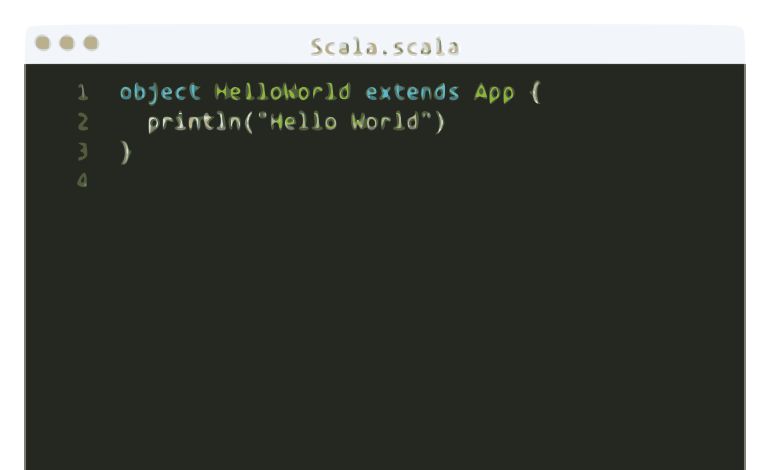Java Code: Breaking the Scala Language Barrier
Released by Martin Odersky in 2003, the Scala Language combines object-oriented and functional programming in one language.
- By Mensah Alkebu-Lan
- 05 October 2022

Table of Contents
What is Scala?
Released by Martin Odersky in 2003, the Scala Language combines object-oriented and functional programming in one language. For open source enthusiasts, the Scala library can be easily found on GitHub.
Like Java code, Scala code runs on the Java Virtual Machine (JVM), so it’s not uncommon to have Scala and Java in the same code base. I agree there is a certain level of complexity that comes with Scala programming, but if you can “break the language barrier”, you’ll find yourself writing fewer lines of code than with the Java language.
I should also break the notion of it being an either-or when it comes to Scala vs Java. This is not necessarily the case. The truth is, when writing Scala programs, you can use many of the same Java libraries you were using before. I should also give credit to the engineers working on Java because many of the great features of Scala are slowly being implemented into the Java releases.
Scala’s static types provide a number of benefits when building complex applications. You have the benefits of static types, but you also have type inference, so you kinda have the best of both worlds.
Given it is a functional language, I should not fail to mention its emphasis on higher-order functions. In Scala, functions are first-class objects that can be composed with a guarantee to be type-safe.
Breaking the Scala Language Barrier
Another feature you’ll probably like about Scala is its case classes. If you’re a Java Developer, I’m sure you’re used to writing a class like this:
public class Product {
private int id;
private String category;
public int getId() {
return id;
}
public void setId(int id) {
this.id = id;
}
public String getCategory() {
return category;
}
public void setCategory(String category) {
this.category = category;
}
}
Once you learn Scala, you’ll be able to achieve equivalent functionality with this:
case class Product(id: Int, category: String)
Scala is a General Purpose Language
Given its flexibility as both an object-oriented and functional programming language, it can be comfortably used in a number of real-world scenarios. One example would be analyzing data with Apache Spark.
If you just want to create a Web application, you can do that too. That’s why I argue it is a general-purpose programming language.
References
- The Scala Programming Language Accessed 5 October 2022.
- “Scala Tutorial.” Tutorialspoint. Accessed 5 October 2022.
- Hicks, Matt. “Scala vs. Java: Why Should I Learn Scala?” Toptal. Accessed 5 October 2022.
- “What is Scala Programming - A Comparison between Scala vs. Java.” Intellipaat. Accessed 5 October 2022.
open source
What is Kafka Used for?